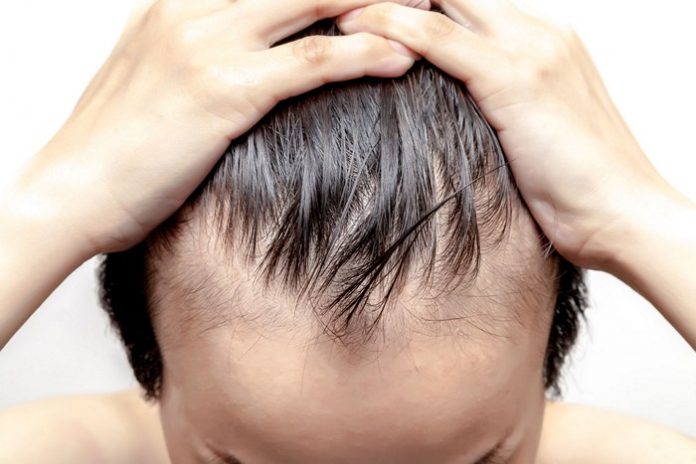Going bald as they age may seem to be a fact of life for many men and women, but that could very well change as dermatologists introduce novel treatments.
There have been very few breakthroughs in recent years for the treatment of hereditary hair loss other than the use of drugs such as Rogaine or Propecia. Now some dermatologists are offering an innovative treatment using a person’s own blood.
Platelet-rich plasma (PRP) therapy is already used to speed up healing in a wide range of applications, from dentistry to orthopedics, but it could end up being the next big thing in treating hair loss.
Since research on the therapy remains in the early stages, the Food and Drug Administration (FDA) in the United States has not yet approved it for treating hair loss. PRP therapy involves drawing a person’s own blood and putting it into a centrifuge that separates red blood cells from the plasma. The plasma, which contains growth factors, is then injected back into the person.
In hair treatment using PRP, the plasma is injected into a person’s hair follicles using tiny acupuncture-type needles. It involves minimal discomfort and can take only about 10 minutes. After the first treatment, people have injections monthly for three months, then once every three to six months. Within a few months of treatment, they can notice less hair loss. Soon after, they may experience an increase in thickness or regrowth.
Studies have shown that people with hereditary hair loss or male or female pattern baldness can potentially curb or even regrow some hair after PRP injections. This does not mean that if you are almost completely bald, PRP could revive hair growth. The ideal candidates for PRP treatment are those with mild to moderate hair thinning. Both men and women were found to respond well to the treatment, particularly those with genetic hair loss by the temples or crown.
PRP therapy seems to work well for the most common type of hair loss, which is known as androgenetic alopecia or male pattern baldness. But dermatologists are also examining if it can be used for other types of baldness, including autoimmune-induced hair loss called alopecia areata. PRP therapy may also work for traction alopecia caused by a regular pulling and straining of the hair.
















